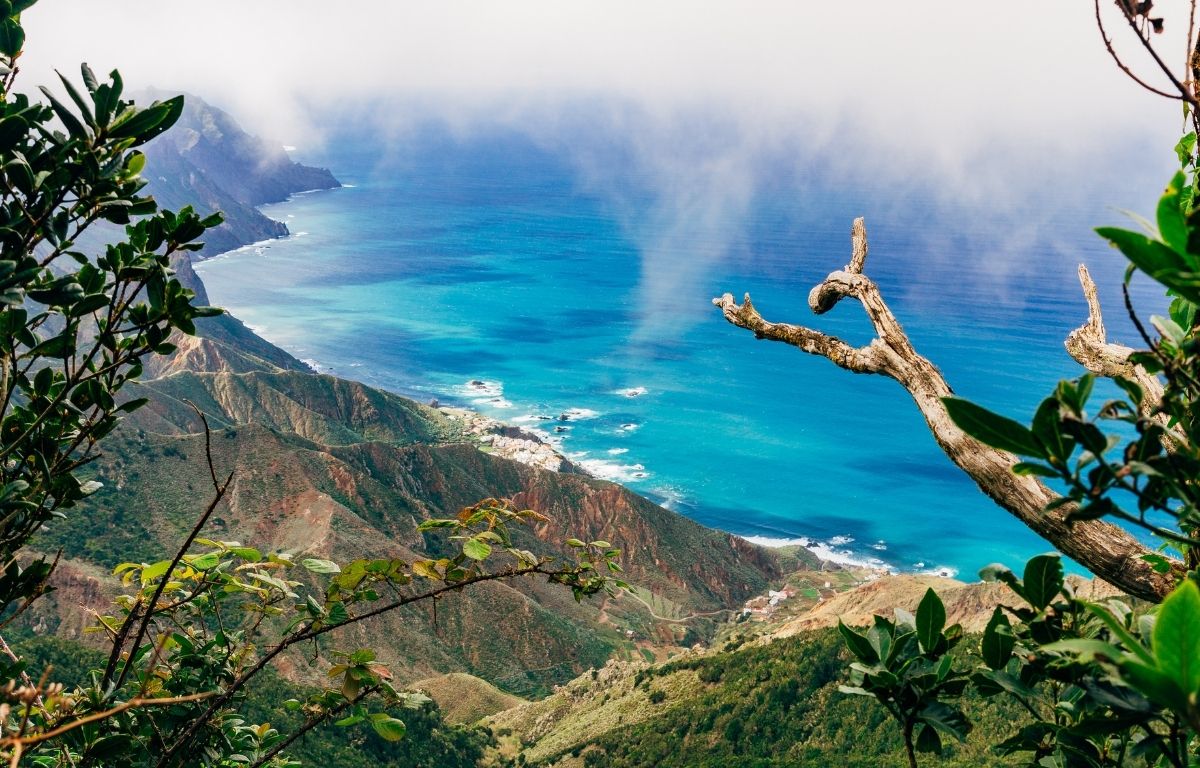The nomenclature of the islands is very curious and attractive.We are going to show you the curiosities of the demonym of Tenerife and its history.
Tenerife is one of the eight Canary Islands that make up the archipelago located in the southwest of Spain and northwest of Africa, off the coast of Morocco. The demonym of Tenerife is tinerfeño or tinerfeña, although the term chicharrero or chicharrera is widespread in popular culture, which we will explain later in this article.
The origin of these names and this denomination of the island is not entirely clear and has gone through many phases depending on the cultures that have visited and populated it. In this article we are going to take historical references from the website genticiliode.net to learn about the different stages that Tenerife has gone through in terms of its nomenclature.
The origins of the demonym of Tenerife
The Guanches are the first settlers of the island of Tenerife, they knew their territory as Achined. This word has two possible meanings, “to rumble”, because of the constant volcanic sounds of the island, or “my land”, an affectionate nickname. The Guanche culture is largely a mystery to researchers.
The ancient Romans were another people who knew and mapped the Canary Islands. They called Tenerife Nivaria or Ninguaria. This is linked to the perennial snow that could be seen on the peak of Mount Teide and which was a relevant element in relation to the rest of the islands of the archipelago.
Another later term linked to Tenerife was Ínsula del Infierno, a rather unfortunate name that appeared on some 15th century portulan charts. We disagree, as Tenerife is a true paradise on earth.
Finally, the word that was established as definitive was Tenerife, a term that comes from the neighbouring island of La Palma. The Benahorites, the people who inhabited La Palma before the conquest, called the island: Blanca Montaña (Tener Ife). Once again, snow is the predominant element in the naming of our territory. Moreover, the last Guanche leader during the conquest was Tinerfe, which seems to have decided the question in favour of the current name.
The term “chicharrero
“Chicharrero” is a derogatory term used to refer to the inhabitants of Santa Cruz de Tenerife. The laguneros, the former capital of the island, established this term to refer to their poor fishermen neighbours in the port city of Santa Cruz. The “chicharro” is a cheap fish and is eaten by humble consumers.
Over the years, the capital changed location. The maritime boom of the city of Santa Cruz represented constant growth and it became necessary to keep the public institutions close to the key element of the island, the maritime trade. The people of Santa Cruz adopted the term “chicharreros” with derision and pride.
Today, it has become commonplace both inside and outside the islands to define all Tenerife residents by this term. Even the Royal Academy of the Spanish Language recognises this fact.
Other names from the Canary Islands
There are many gentilicios with derision on the islands, although only a few of them have survived in recent decades. All of them have adopted a much kinder tone than in their initial origin and have become identified with their places of origin.
Some relevant examples are conejero (‘from Lanzarote’), culeto (‘from Agaete’, GC), bagañete (‘from Tazacorte’, LP), chalanguero (‘from Valle Gran Rey’, Go) and others less used (babilón ‘from Tenerife’, gofión ‘from Gran Canaria’, cochinero ‘from La Laguna’, etc.).
If you want to know these and many other curiosities of Tenerife, we are waiting for you at Villa Mandi Golf & Resort with open arms.



